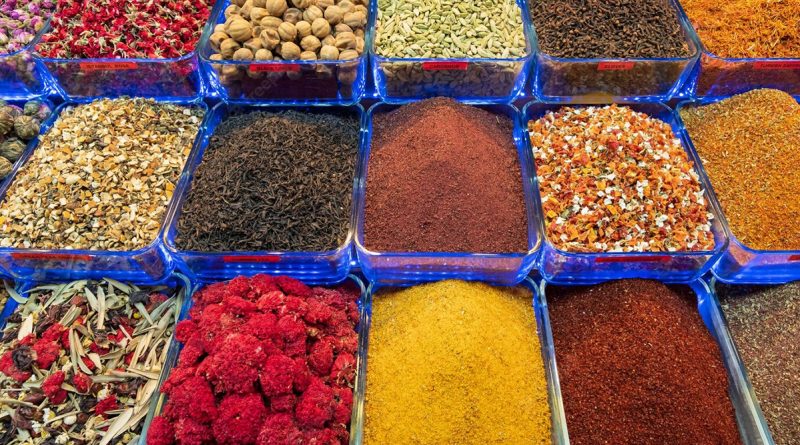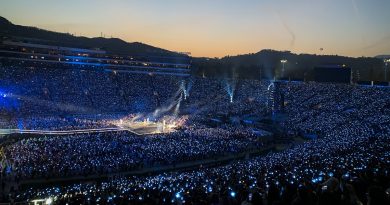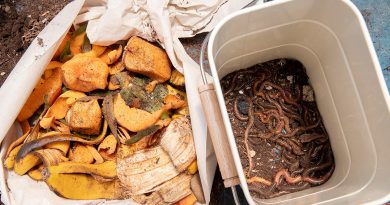Kochi: Indian Spice Trade’s Queen
The city of Kochi has a long history and played a significant role in the 14th-century spice trade. Even the ancient Greeks and Romans loved the spices grown in Kochi. Moreover, it is still well-known for its black pepper and plays a significant role in the Indian state of Kerala. Being a port city, it contributes to the commerce that makes it Kerala’s financial center. Additionally, Kochi has a solid reputation for producing educated and well-qualified students.
How to visit Kochi?
The Nedumbassery-based Cochin International Airport makes it simple for you to travel to Kochi. You can simply find Dubai to Kochi flights if you do not live in India. Moreover, you can find flights from any other Middle Eastern city or from anywhere else in the world. Besides, it has excellent transportation connections to all other Indian cities.
Places to see in Kochi
The old harbor and the buildings that the traders left behind are two examples of Kochi’s rich heritage. However, the following are destinations in Kochi that can bring back memories of earlier times:
✔️ Jewish Synagogue
Since 1568, this synagogue has been in operation. No doubt the lovely atmosphere of this place will draw you to its charm. Moreover, it is one of Kochi’s seven operating synagogues. You can also pay for a guide who will describe the building’s architecture and significance for the religion and for Kochi’s history.
✔️ Chinese Fishing Nets
Due to Kochi’s proximity to the Arabian Sea, a big part of the population works as a fisherman. So, not to mention the Chinese fishing nets give Keralan fishermen a distinct flavor. Communities claim that it was a gift from Kublai Khan, the Chinese emperor, to them. Thus, with the use of these cutting-edge nets, you can really see the workers capturing the fish.
✔️ Fort Kochi
Actually, it is one of those locations that will give you a taste of bygone eras. It combines Kochi’s culture, heritage, and everyday people. The small village does experience a spike in visitors during certain times of the year. However, if you’re paying attention, you can still detect remnants of Portuguese and Dutch influence in both the architecture and the populace. Older structures like churches and synagogues will still contain their original design thanks to their heirs. So, when you enter this village, you’ll find that you’re in a strange realm.
✔️ Willingdon Island
This island is more about human potential than it is about history. One of India’s largest artificial islands, Willingdon Island is man-made. This island features opulent hotels and resorts besides the Kochi Naval Base. Even though the island is just 82 years old, it has already established itself in the Arabian Sea.
✔️ St. Francis’ Church
Vasco da Gama, who is popular for finding the sea passage connecting Europe and India, Pedro Alvares Cabral, and Alfonso de Alberquerque built the St. Francis’ Church building in the early 16th century CE. Originally dedicated to St. Bartholomew, Franciscan friars followed the Thampurans’ directions rebuilt in stone and mortar in 1516 CE. Then, St. Anthony received this brand-new building.
Besides, control of the church and its patron saint also changed hands as the axis of power shifted from the Portuguese to the Dutch and then to the British. The church provided Lutheran services under the Dutch. And eventually, under the British, St. Francis became the patron saint.
St. Francis’ church’s tiered pinnacles on either side of the structure. Moreover, ornate wood carvings give the edifice an old-worldly beauty.
✔️ The Dutch Cemetery
You can find it on the road that turns left from St. Francis’ Church, beyond the Parade Ground. Here European soldiers used to practice exercises in the past. This cemetery’s oldest grave dates to 1724 CE. The grave markers provide traces of Kochi’s renowned Dutch past.
✔️ Immanuel Fort
You can find the remnants of Fort Immanuel further down the same road. The construction of Immanuel Fort dates back to 1503 CE as a symbol of the partnership between the Thampuran of Kochi and the Monarch of Portugal. The Dutch invasion destroyed it in pieces, and the British, in 1806, destroyed it entirely again. As a result, there isn’t much of the massive building still standing, save for a village that thrives on its ruins.
You can see here the old Colonial-style homes all across Fort Kochi. Most of them are in good shape and run as hotels. The Dutch drastically reduced the size of Fort Kochi. However, they were careful to preserve the important structures. Moreover, a few of the remaining warehouses have distinctively Dutch aesthetics with their wide, buttressed walls.
Thakur House, located on Dutch Cemetery Road, is the most well-known of the ancient Colonial homes. In fact, Ismail Merchant’s 1999 movie Cotton Mary made this private property well-known. Though we’re not certain about this, the home, built by the Dutch as a club and looks out over the water, features underground corridors. It is an example of the opulent Colonial way of life and an architectural marvel with remarkable symmetry.
Even in the present times, Kochi is a significant region in India and always will be. Visit this magnificent city to experience its rich culture and history.




